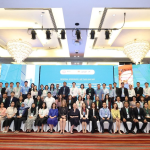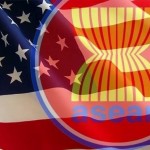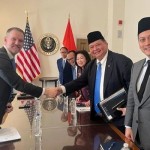Total number of posts 461.
At the Asia Future Summit 2025 in Singapore, ASEAN was urged to shift from an export-led growth model to an innovation-driven and inclusive development approach, focusing on building a strong regional middle class and reducing reliance on the current volatile global economic and geopolitical environment.
At the Asia Future Summit held on October 9, 2025, in Singapore, Malaysia’s Deputy Minister of Investment, Trade and Industry, Liew Chin Tong, emphasized that ASEAN must pursue a new development model, as the traditional export-oriented industrialization strategy has become unsustainable amid growing global uncertainties.
He called on ASEAN countries to strengthen regional technological capacity and develop their own multinational corporations, arguing that free trade agreements (FTAs) alone would not guarantee long-term growth. “We can keep negotiating FTAs, but it’s time to move toward forming a customs union and developing a cohesive industrial policy,” he said during the session themed ASEAN’s Role in a New World Order.
Liew also underscored the importance of a unified ASEAN stance on the Global Minimum Tax (GMT) to ensure consistent tax rules across the region and prevent a “race to the bottom” in attracting foreign direct investment. “I hope that ASEAN nations - and as many as possible - will move together on GMT,” he added.
According to Liew, higher tax revenues from investors could strengthen social resilience, particularly in addressing challenges faced by younger generations, such as stagnant wages and income inequality.
He further expressed his vision for a strong ASEAN middle class, stressing that sustainable growth must be based on regional prosperity, not cheap labor. “A region of 700 million poor people doesn’t make a market. But if ASEAN can grow a middle class of 300 million, it will become an attractive destination for regional and global trade,” he concluded.
Liew’s remarks highlighted an important message for ASEAN: to consider its growth strategy and transition from export dependence to a resilient, innovation-driven, and inclusive economic model suited for a rapidly changing global landscape.
Source: Bernama














